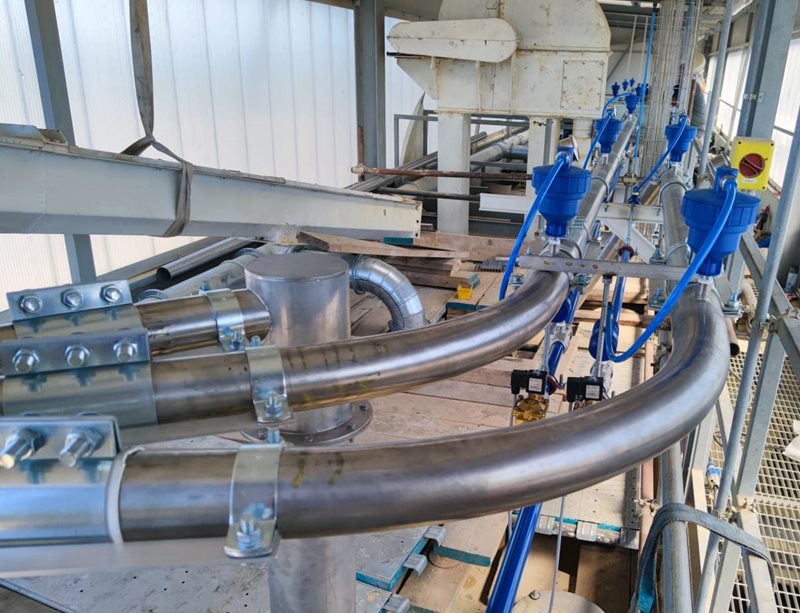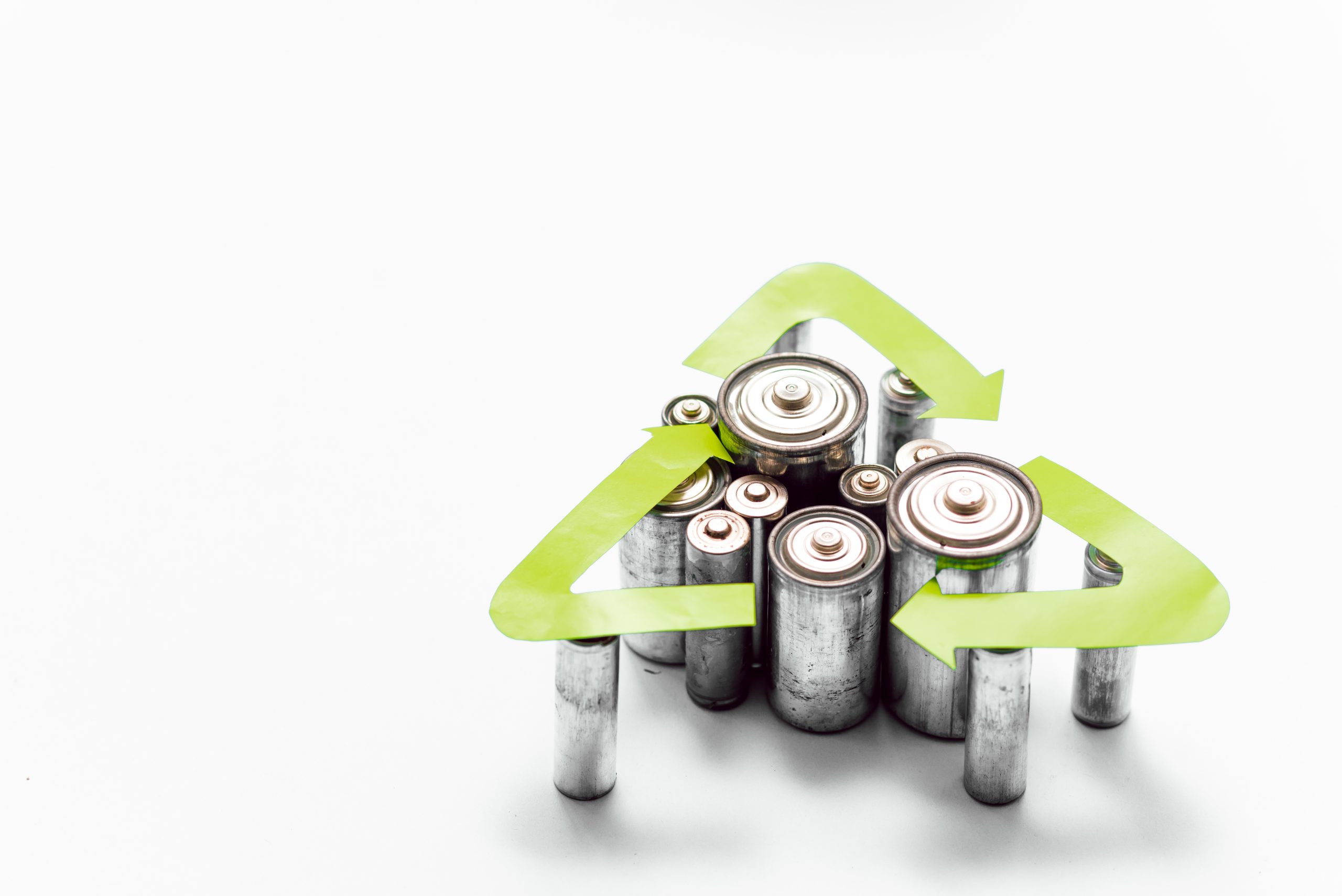
EN ÉVIDENCE – ACTUALITÉ
Solids Parme 2024
Air-Tec Systema participera également à la deuxième édition de Solids Parma, qui se tiendra les 5 et 6 juin 2024. Solids est l’un des salons les plus importants de l’industrie de la manutention et du stockage des poudres et, à partir de 2023, il se tiendra enfin en Italie.
Notre engagement et notre enthousiasme nous ont permis de remporter, lors de la dernière édition, le premier prix du concours de l’exposant ayant divulgué le plus grand nombre de billets d’entrée, ce qui a contribué à nous stimuler encore davantage pour faire mieux.
L’ensemble de notre personnel sera heureux de vous accueillir dans une ambiance détendue et conviviale au cours de laquelle nous serons à l’écoute de vos questions, demandes spéciales, propositions et commentaires.
Les salons commerciaux sont toujours une excellente occasion de croissance et d’échange mutuel, ainsi qu’un moment pour consolider les relations existantes et en créer de nouvelles. En particulier pour les entreprises qui, comme nous, travaillent avec des clients de nombreuses régions du monde, le salon est l’occasion de se rencontrer enfin en direct, et pas seulement par téléphone ou sur l’écran d’un PC.
En outre, la participation à Solids nous incite à créer quelque chose de nouveau et de toujours meilleur pour nos clients. La perspective « I win-You win » définit clairement ce en quoi nous croyons et ce pour quoi nous travaillons chaque jour.
Nous nous réjouissons de vous rencontrer sur notre stand!

















